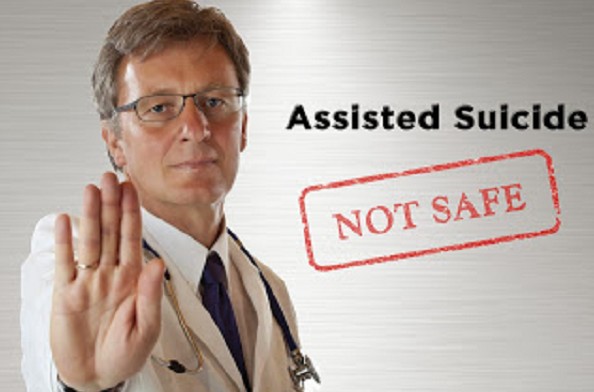
Washington Post 24 January 2018
Family First Comment: And that’s the key question…
“As bioethicists David Miller and Scott Kim of the National Institutes of Health note in a recent paper , “Dutch physicians . . . report difficulty in applying the [euthanasia] laws,” especially when it comes to judging patients’ volition and deciding whether there is any “reasonable alternative” to euthanasia. Between 2012 and 2016 , Miller and Kim reported, there were 33 cases in which Dutch regulators found that doctors had broken at least one rule while ending a person’s life, though not so flagrantly as to warrant criminal referral. Pro-euthanasia activist doctors were overrepresented in problematic cases. “In some cases, physicians knowingly pushed the limits of [the] law,” Miller and Kim noted.”
Exactly.
Make a submission against euthanasia – www.protect.org.nz
The euthanasia of mentally ill or cognitively impaired patients is inherently controversial. Given the risk of fatal error, how many botched cases would it take to discredit the practice completely?
If you said “any number greater than zero,” you would be interested in the physician-assisted death of a 74-year-old woman with dementia in the Netherlands in 2016. The circumstances were so disturbing, even the Dutch regulatory body that retrospectively reviews, and usually rubber-stamps, euthanasias could not countenance it.
The patient, referred to in official documents only as “2016-85,” had made an advance directive requesting euthanasia in case of dementia. But the directive was ambiguously worded, and she was no longer able to clarify her wishes by the time she was placed in a nursing home — though her husband did request euthanasia for her.
Despite the lack of a clear expression from the patient, a physician concluded her suffering was unbearable and incurable — though there was no terminal physical illness — and prepared a lethal injection.
To ensure the patient’s compliance, the doctor gave her coffee spiked with a sedative, and, when the woman still recoiled from the needle, asked family members to hold her down. After 15 minutes were spent by the doctor trying to find a vein, the lethal infusion flowed.
Neither voluntary, painless nor dignified, this physician-assisted death has become the first ever referred to prosecutors by the Dutch regulatory commission — with, so far, unknown consequences.
READ MORE: https://www.washingtonpost.com/opinions/how-many-botched-cases-would-it-take-to-end-euthanasia-of-the-vulnerable/2018/01/24/bf311400-0124-11e8-8acf-ad2991367d9d_story.html?utm_campaign=6715cb2cfe-EMAIL_CAMPAIGN_2017_06_16&utm_medium=email&utm_source=Colson&utm_term=.410919295525



